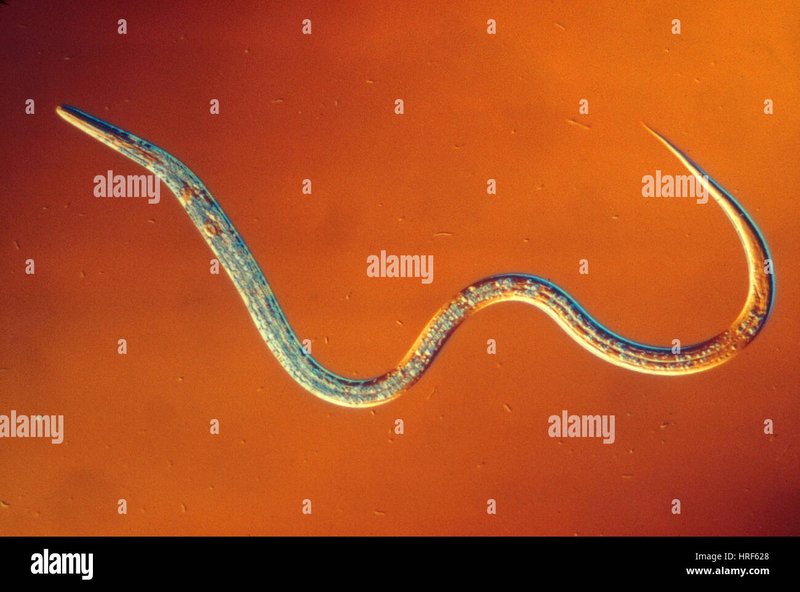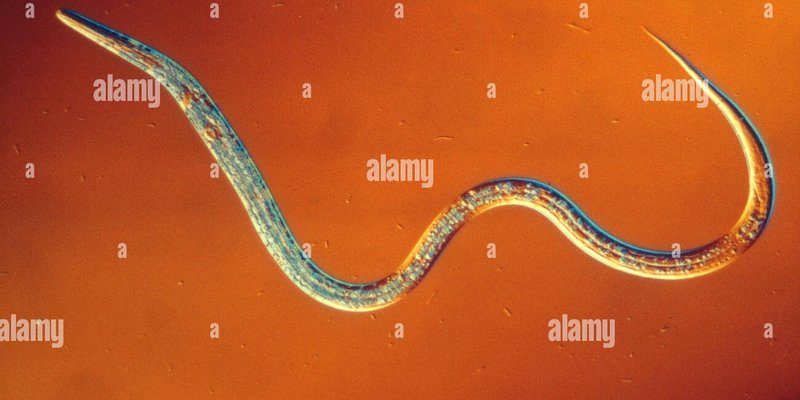
Vinegar eels, scientifically known as *Turbatrix aceti*, are small roundworms that thrive in vinegar and fermented foods. You can find them in places like compost heaps, organic gardens, and even in the sediment of ponds. They might be small, but they have an outsized impact on their environment. Just like how a good gardener carefully nurtures their plants, vinegar eels help promote nutrient cycling in ecosystems. Let’s break down how these little creatures contribute to the health of both soil and water habitats.
What Exactly Are Vinegar Eels?
Vinegar eels are tiny creatures, often less than an inch long, and they’re known for their wriggly movements. They’re typically transparent, making them quite a sight to behold under a microscope. You might not notice them in your compost, but they’re there, working away. These eels thrive in acidic environments, which is why vinegar is their favorite hangout.
They are not actual eels, which can lead to some confusion. Think of them more like little worms or nematodes that are a bit more resilient than your average garden variety. They have a unique ability to withstand harsh conditions, which allows them to survive in environments where other organisms might struggle. Their adaptability is one reason why they’re so successful in various ecosystems.
In the wild, vinegar eels reproduce quickly, often populating areas with high organic material. Just imagine a garden teeming with life: not just plants, but small creatures like vinegar eels working tirelessly to break down waste and enrich the soil. Their life cycle is fascinating, as it involves several stages, beginning as eggs that hatch into larvae and eventually mature into adults. This rapid reproduction rate plays a crucial role in maintaining the balance of nutrients in their habitats.
Vinegar Eels in Soil Ecosystems
When it comes to soil ecosystems, vinegar eels serve a significant function. They help decompose organic matter, such as fallen leaves, dead plants, and other decaying materials. By breaking down this organic matter, they contribute to nutrient cycling, which is essential for plant health. Imagine a flourishing garden where everything works in harmony. This is what vinegar eels help create in the soil.
Their presence is crucial for soil fertility. As they consume organic material, vinegar eels release nutrients back into the soil. These nutrients then become available for plants to absorb. It’s like they’re nature’s little recyclers, ensuring that nutrients are constantly renewed. Without them, soil quality would degrade over time, leading to less productive gardens and crops.
Moreover, vinegar eels help aerate the soil. As they burrow and move through the soil, they create channels that allow air and water to penetrate more deeply. This enhanced aeration benefits plant roots and supports the overall health of the ecosystem. Healthy soil leads to healthy plants, and vinegar eels play an integral role in maintaining that health.
The Role of Vinegar Eels in Aquatic Ecosystems
Vinegar eels aren’t just confined to soil—they also play a vital role in aquatic ecosystems. You might find them in ponds, where they thrive in the organic muck at the bottom. Here, they contribute to the decomposition of organic material, similar to their role in soil. In a way, they act like tiny janitors, cleaning up the water by breaking down waste and ensuring that nutrients circulate effectively.
In addition to decomposition, vinegar eels serve a food source for various larger aquatic organisms. Small fish and other aquatic creatures may munch on them, helping to maintain the food web. This relationship shows how interconnected life is; the health of one species often depends on another. So, when you think about the health of a pond or lake, don’t overlook the role of these small eels.
Another fascinating aspect is how vinegar eels help balance the ecosystem. By keeping organic matter in check, they prevent the buildup of excess waste, which could otherwise harm water quality. This balance is vital for sustaining not only the aquatic life but also the ecosystems surrounding water bodies. Without vinegar eels, algae growth can skyrocket, leading to eutrophication and other ecological issues.
Why Should We Care About Vinegar Eels?
You might be wondering, “Why should I care about these tiny creatures?” Well, vinegar eels indicate a healthy ecosystem—both in soil and aquatic environments. Their presence suggests that the environment is rich in organic matter and balanced in nutrients. So, if you’re looking at your garden or a local pond and see vinegar eels, that’s a good sign!
Moreover, understanding their role can help us appreciate the complexity of ecosystems. Every organism, no matter how small, has a part to play. By ensuring healthy populations of vinegar eels, we contribute to sustaining vibrant ecosystems. This is especially important in an age where many habitats face threats from pollution and climate change.
If you’re into gardening or aquaculture, keeping vinegar eels in mind can enhance your practices. They can help improve soil health and stimulate plant growth, which can lead to better yields in your garden. The bottom line? Vinegar eels are essential players that contribute to the overall health and balance of our ecosystems.
How to Foster Healthy Populations of Vinegar Eels
Encouraging vinegar eels in your garden or aquatic space can be beneficial, but how can you do that? Here are some simple steps to promote their growth:
- Use organic gardening methods: Reducing pesticides and chemicals can create a welcoming environment for vinegar eels.
- Compost organic waste: Adding compost to your garden helps provide the organic matter that vinegar eels thrive on.
- Maintain a healthy balance in water bodies: Avoid over-fertilizing near ponds, as it can lead to excessive nutrients that harm aquatic balance.
- Encourage biodiversity: The more diverse your ecosystem is, the better it will be for all species, including vinegar eels.
By following these tips, you not only support vinegar eels but also promote a healthy and thriving environment for all organisms.
In the grand tapestry of life, even the tiniest threads can make a significant difference. Vinegar eels, while small and often overlooked, contribute immensely to soil and aquatic ecosystems. They help decompose organic material, enrich the soil, and maintain the delicate balance of aquatic life.
Understanding the role of vinegar eels gives us a deeper appreciation for the interconnectedness of all living things. So, the next time you see a jar of vinegar or dig in your garden, consider the remarkable vinegar eels and the vital role they play. By nurturing environments that support these tiny creatures, we’re fostering healthier ecosystems for future generations.

